Chapter 3, Part 1
Istanbul, 1453. Around two thousand years earlier Buddhism began to spread across the Indian subcontinent, and for more than one millennium Buddhist kingdoms and empires rose and fell, from Anuradhapura in modern Sri Lanka to a Buddhist dynasty in Java, and Bagan in what is today Myanmar. For most of the history of South and Southeast Asia, Buddhism was in constant rivalry with Hinduism, although at times the two great religions coexisted peacefully as they did in eighth-century Java as well as in Nepal.
Beginning in the seventh century, Islam was introduced and the new religion quickly rose to prominence not only in its birthplace in the Arabian Peninsula, but also in faraway lands, from the Iberian Peninsula to the west to the fabled Spice Islands to the far east. Its territorial gains prompted the reorganization of political powers in southern India to defend Hinduism. On the contrary its introduction in Maritime Southeast Asia was carried out through trade and cultural assimilation, creating a unique syncretic culture that is a colorful amalgamation of Islamic, Hindu and animist values and traditions.
Centuries of interaction between Chinese, Indian, Persian and Arab merchants and their Southeast Asian counterparts had enriched local cultures across the region as reflected in the architecture, cuisine, language and religious rites of the peoples. Buddhism, Hinduism, Islam and ancestral beliefs continued to shape Southeast Asian political landscape until a large influx of Europeans arrived and introduced Christianity to Asia. Even though contacts had been made between Europeans and Asians since antiquity, it was not until the 15th century when the first European explorers set sail and made long and treacherous voyages to discover direct sea routes to Asia and beyond, an event in history which still reverberates today.
There was one particular event in history which both directly and indirectly started this new global era. An event which unfolded at one of the most important cities in Christendom long known for its strategic location at the crossroads of Europe and the Middle East, and for its thriving bazaars.
In 1453, after laying siege to the city for 53 days, the Ottomans finally breached the impenetrable walls that had been protecting Constantinople for almost a thousand years. The fall of the city to the Turks severed the main trade link between Europe and Asia, making it difficult for Europeans to purchase items which were previously accessible to them, including spices from India and the Spice Islands.
This unfortunate situation had sparked the Europeans’ interest in finding sea route to the east to allow them direct access to spice-producing lands. The Portuguese and the Spaniards were among the first to venture into the unknown seas to seek the route, including voyages led by Vasco da Gama (who discovered the sea route to India), Christopher Columbus (who re-discovered the Americas), and Ferdinand Magellan (who led the first circumnavigation of the globe). The success of both nations in establishing trade posts in faraway lands and dominating the trade routes between Europe and Asia ignited the ambition of other European nations – chiefly the English, the Dutch, the French, even the Danish – to also explore the world and bring home immense fortunes.
Money was probably of utmost importance in all of the European expeditions. But in a deeply devout Europe at that time, religious missions were also installed in the voyages, and Christianity finally found its way to reach the other side of the world. Over the centuries what started as trade and religious missions turned into an era of exploitation and colonialism. The world would never be the same again.
However the Age of Discovery is not only remembered as the beginning of centuries of European colonization in Asia when local peoples were exploited, natural and cultural riches were plundered, and lives were lost, but also that of an enlightenment to some as the gospels were preached to lands far from Europe, making countries like the Philippines and Timor-Leste as well as all of Latin America predominantly Catholic today. It created modern boundaries as we now know, not only uniting vast regions which make up modern-day big countries like India, Indonesia and Brazil, but also dividing communities in places like the Middle East and Africa.
However not all is bad. Had the Europeans not explored the world, many dishes we are today familiar with would probably have never been invented. Tomato, potato, berries, corn, peanut, chili, avocado, vanilla, pineapple and cocoa all originated in the Americas, yet they are now staples in kitchens across the globe. What would Italian dishes have been without tomato? How would the Indonesian food scene have looked like without chili and peanut? And of course, life would have been far less interesting without chocolate, don’t you think?
Click here for the full list of stories from the Spice Odyssey series. Photos in this post were taken in January 2013.
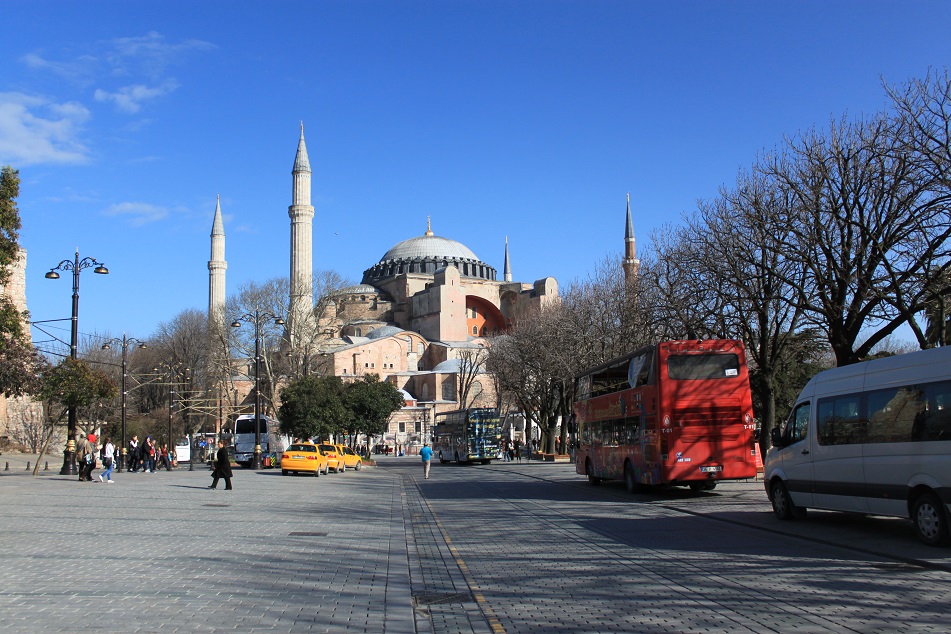
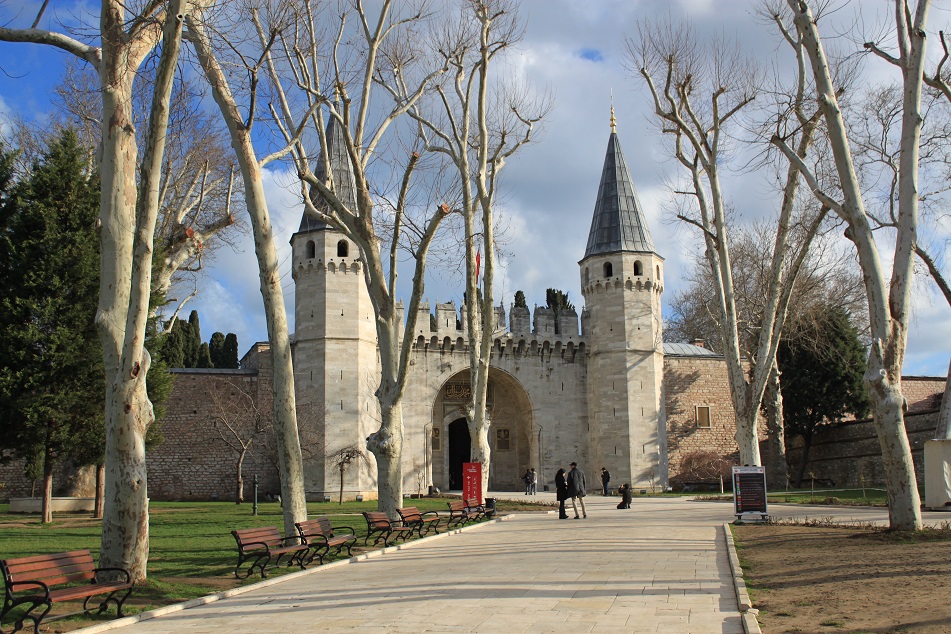

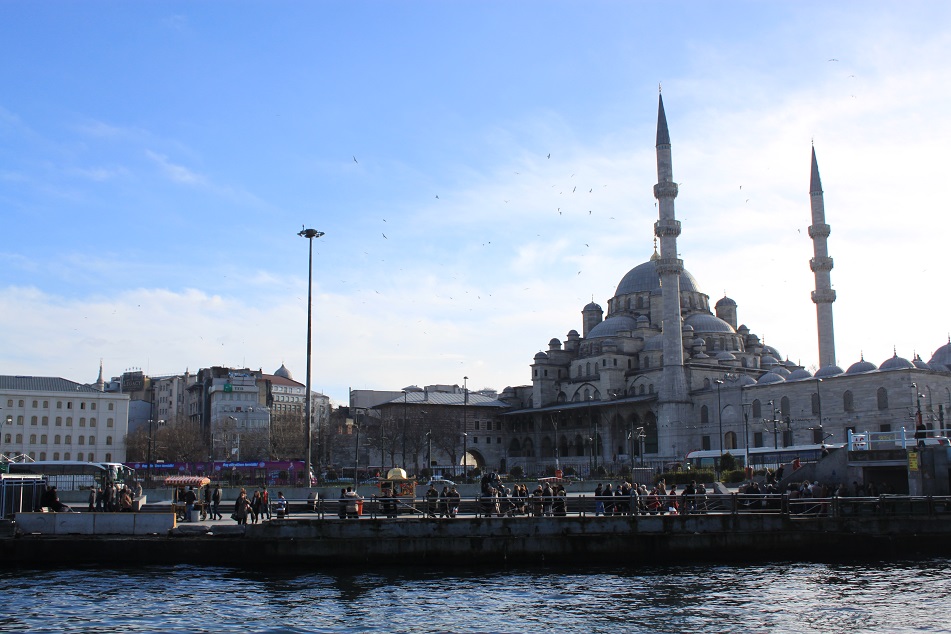
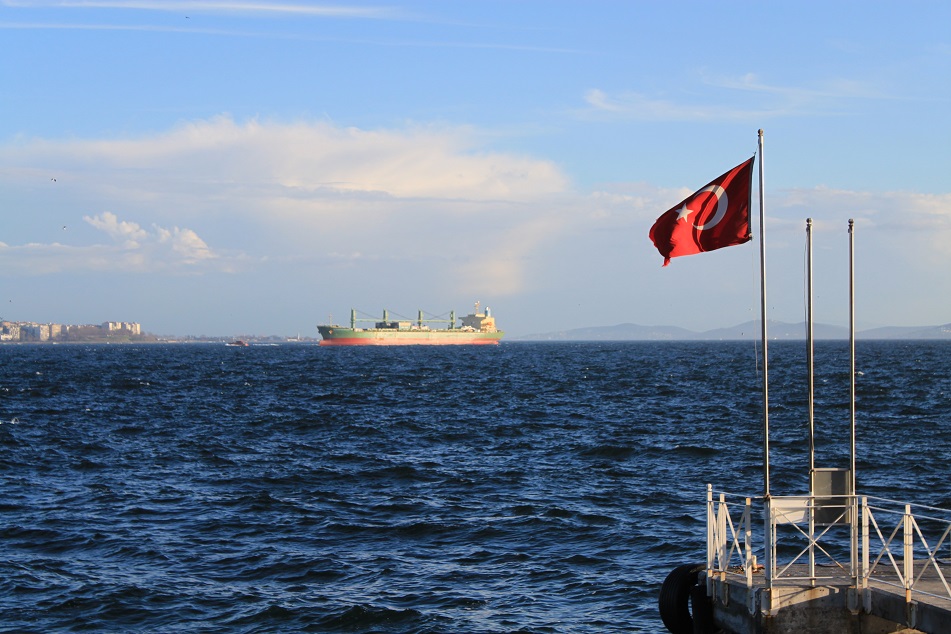
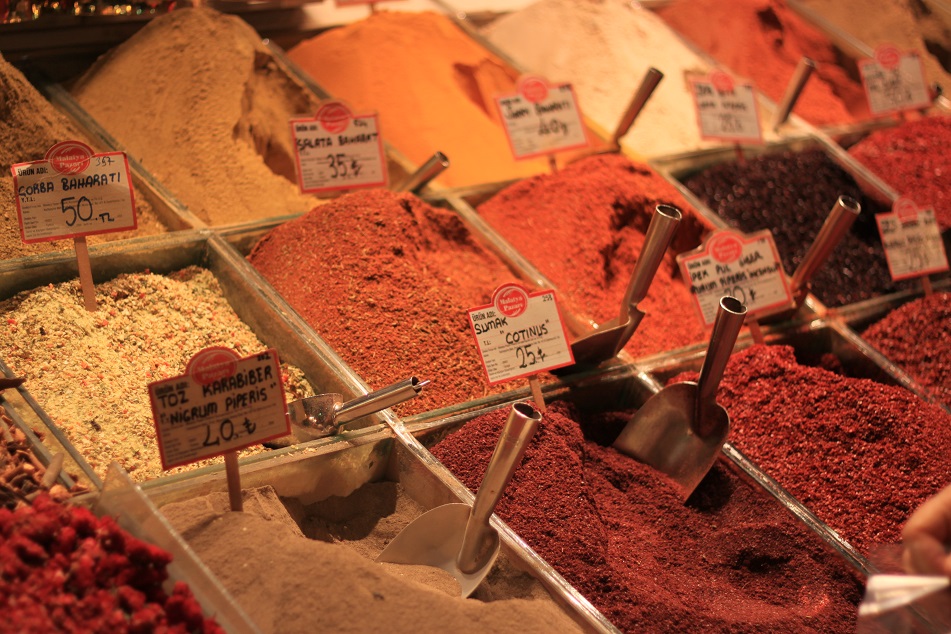

Reblogged this on 2wholeminutes LLC.
LikeLike
Another fascinating piece of history that shaped the way of the world we live in today. Constantinople has an almost mythical ring to it, although I never truly understood its importance ~ the main conduit between Europe and Asia. Beautifully written piece Bama, and your photographs help forge the image of the culture and those days. The blend of what each area offered (Europeans infatuated with the spices and culture) and Asia…well, not quite sure what great things were in demand… Great post!
LikeLiked by 1 person
Istanbul not only is one of the most fascinating cities in the world today, but it was also a very important center of trade in the past. It was the political epicenter of the Byzantine Empire as well as the Ottomans, who upon their victory in conquering Constantinople would have not imagined the global impact of their decision in severing trade links between Europe and Asia. But as I mentioned in the post, not all is bad. Indonesians love chilies and peanuts so much I can’t imagine how not so interesting our food would have been without them. Thanks for your thoughts, Randall.
LikeLike
We loved our visit in Istanbul. Such a complex history, so much beauty and today we hope that the situation settles for tourism to flourish.
LikeLiked by 1 person
We all hope so, Sue. Istanbul is such an old city with rich historical and cultural heritage sites. It is really sad to see how the recent incidents have pretty much changed the city’s mood, at least from an outsider’s perspective.
LikeLike
Great post from fascinating city! Nice and educative text with beautiful photos! I like the city anytime – special history and atmosphere. Bye. Kamila
LikeLike
Thanks for reading, Kamila. From Byzantium to Constantinople and now Istanbul, the city truly has plenty of history to immerse in. It’s also one of the most fascinating places I’ve ever been.
LikeLiked by 1 person
What a tantalising read, Bama – this was a concise and compelling summary of what transpired in the previous chapter, and you did a great job setting the scene for the one to come. I’m excited to find out which place is featured in the next installment. Oh, and your photos from Istanbul remind me that it’s still at the top of my wish list!
LikeLike
Thank you, James. As you know, this is a very long series. If you noticed in the first post of the Spice Odyssey series I mentioned about Constantinople briefly at the end of the post. More than half a year later here comes this post on the magnificent city itself. You can expect a lot of photos of European colonial buildings in my upcoming posts. And speaking of Istanbul, yes, you still should put it at the top of your wish list.
LikeLiked by 1 person
Istanbul seems beautiful to explore, a city connecting Europe, Asia and Africa, nice pictures!
LikeLike
Istanbul is not only very beautiful, but also atmospheric. The Bosphorus, the palaces, the castles, the mosques and churches, the ancient bazaars, all make Istanbul such a great destination to explore. Thanks for reading, Lizzy.
LikeLiked by 1 person
A fascinating post Bama. I had no idea that the fall of Istanbul had such a massive impact on the whole world. Wonderful photos of Istanbul – one of my favourite cities.
Alison
LikeLike
Thank you, Alison. I had no idea either until a few years ago. Now it all makes sense — power, religion, and wealth have been, and will always be, the main drive of the world’s major events. I loved my time in Istanbul too.
LikeLiked by 1 person
Nice post, Bama! One of my favorite parts about visiting Istanbul was an amazing guide who wove together some of these pieces of political and religious history for us. It’s always nice for me to be able to put a pretty destination into historical context. Of course, I’m happy to explore these places for what they have to offer today, but it’s so much richer to know the position they’ve held before and what they have contributed to the world. And Istanbul had a big impact!
LikeLike
For me learning the history of a place while visiting it allows me to appreciate more of what I see. To step on the same marble floors those erstwhile rulers and conquerors steppen on centuries ago, or to wander around the same narrow alleys where ancient traders sold spices to the Europeans, it sometimes gives me goosebumps. Thanks for sharing your thoughts, Lex.
LikeLiked by 2 people
I feel the same way about those past footsteps!
LikeLike
Bama…I truly admire your ability to research or discover the history and put it in context for what is what in the world. I can see your book coming together piece by piece, chapter by chapter. I’m wondering if you will be able to put photos in that book? It’s usually expensive. And you know I love your photography, your eye, your composition. How many chapters will you have? Or…are these actually the chapters of your book?
LikeLike
You’re too kind, Badfish. The most difficult part in doing research for my blog posts is when there are conflicting accounts on a particular thing, or if the only source of information about a place is rather dubious. I try to always stand on neutral grounds when I’m doing the research. About the book, I imagine it to have a few pages of photos, but the book itself won’t materialize soon. I haven’t decided to make it like Simon Winchester’s Krakatoa, or like Dan Brown’s fictional stories with historical setting (minus Robert Langdon and all those crazy adventures), or else. I have to think of it really well.
LikeLike
Yeah, it’s expensive to put photos in books, you could get away with B&W shots maybe. I read Krakatoa…really good style. Your writing now, as is, is nothing like Brown’s fiction. You could people it with crazy travel bloggers maybe
LikeLike
Crazy travel bloggers… sounds like an idea. We’ll see how the book, or whatever it may look like, manifests itself. In the meantime, I’m already ‘busy’ with ideas of places I want to visit in the next few years. So many places to go.
LikeLiked by 1 person
Well, good luck with it, whatever manifests. And yeah…the world is huge. Choose wisely for your next journey. But then, is there an unwise itinerary?
LikeLiked by 1 person
Kalau ada negara yang ada jauh tapi sangat dekat di di hati dan pikiran bahkan di jiwa 😀 tapi susah banget kesampeannya (sampai bisa bikin mata berkaca-kaca sangking ngimpinya) ya itu Turkey! Nah sekarang mas Bama 🙂 nulis tentang Turkey lagi… semakin nelangsa deh… huuuaaaaaa……Apalagi sekarang semakin banyak berita-berita tak menyenangkan, semakin susah deh dapat exit permit-nya.
By the way, I love the last paragraph of your post… make me genduttt 😀 😀 😀
LikeLike
Kalo saya negara yang saking kepengennya ke sana tapi belum kesampean daftarnya lumayan panjang mbak. Tapi biasanya di negara-negara tersebut ada peninggalan bersejarah yang umurnya udah ratusan bahkan ribuan tahun sih, hehe. Ketebak banget sih saya sukanya gimana. Tapi mengenai Turki memang saya sedih sih ngikutin beritanya sejak beberapa tahun terakhir. Mulai dari kondisi politik dalam negeri yang kurang kondusif dan cenderung semakin represif, sampai serangan-serangan yang dilakukan kelompok teroris maupun separatis. Semoga kondisi keamanan di sana cepat pulih, supaya orang-orang (termasuk Mbak Riyanti) bisa menikmati peninggalan bersejarah di Turki yang banyak banget itu.
Paragraf terakhir itu modus banget ya mbak. 😀 Tapi memang sejak merencanakan trip enam bulan kemarin itu sampai selesai tripnya, saya jadi lebih aware sama bumbu-bumbuan dan sejarahnya. Banyak hal di sekitar kita yang jika ditelusuri asal usulnya ternyata menarik banget.
LikeLiked by 1 person
I’d never thought about it until this post Bama, but the Ottoman Turks really shot themselves in the foot when they drove the European business to SE Asia by sea. In the Middle Ages, almost every successful city’s economy revolved around trade (except in the case of religious pilgrimage cities), so excluding one of their main customers wasn’t so clever. Thanks for a new perspective on a strategic city at a pivotal time. ~James
LikeLike
It shows that shortsighted political decision can cause a massive, irreversible impact. Actually you’re right about how trade and holy sites bring prosperity to a city, along with competition and enmity. Basically my six-month trip across South and Southeast Asia last year was focused on two things: how religions (chiefly Hinduism, Buddhism, Islam and Christianity) shaped the history of Asia and how spice trade indirectly fueled international commerce among merchants from the Old World. Thanks for reading and for sharing your perspective, James.
LikeLike
My favorite city in the world. No matter how much times I came and left, it always calls me to be back… Beautiful writing with beautiful photos in beautiful city, Bama..
LikeLike
It also is one of my favorite cities in the world. I spent about a week in Istanbul but it still wasn’t enough to fully explore the city. Such a magnificent place Istanbul really was. Thank you for reading and for your kind words, Nurul.
LikeLiked by 1 person
What an interesting post ! I don’t think I would like to visit this place anytime soon due to all recent incidents, but your pictures managed to give a wonderful insight of this city. So colourful ! I would have loved to visit the spices market.
LikeLike
Thanks! It’s really sad indeed to see the recent attacks to one of the world’s most fascinating cities. Once things are getting better, you shouldn’t hesitate to visit Istanbul right away.
LikeLiked by 1 person
suka dengan ulasan sejarah turki yang benar-benr membuat saya penasaran kesana. Runtuhnya konstantinopel, berjayanya ottoman, runtuhnya ottoman sampai berubahnya Turki menjadi negara sekuler oleh Mustafa kemal., lalu erdogan muncul untuk mengembalikan identitas keislaman turki. lalu ad lagi gagalnya kudeta. Turki benar-benar memiliki sejarah yang mengesankan. negeri impian saya tuh bam…. hehehh
LikeLike
Turki memang menarik untuk dieksplorasi karena punya banyak banget tempat-tempat bersejarah yang umuranya ratusan, bahkan ribuan tahun. Salah satu kuil tertua di dunia pun ditemukan di Turki, yaitu Göbekli Tepe yang berumur lebih dari 10.000 tahun!
LikeLiked by 1 person
Hello Bama interesting read on the fall of Constantinople. I always wondered how chili and peanut made its way to Indonesian cuisine and even to other Asian countries. Many people do not know that tomato, potato, berries, corn, peanut, chili, avocado, vanilla, pineapple and cocoa all originated in the Americas. Thanks for writing this!
LikeLike
Hello Liz. The introduction of those new fruits and vegetables from the New World to Europe and Asia is probably one of the positive effects of European colonization of the world. I was, too, fascinated when I first learned about this fact several years ago. Thanks for reading, Liz!
LikeLiked by 1 person
Pingback: Kochi: From Spices to Kathakali | What an Amazing World!
It is crazy to think of all those foods that are indigenous to the Americas that are staples of Old World cuisine, like tomatoes to the Italians, as you say. I certainly can’t imagine southeast Asian food without chili!
LikeLike
I certainly can’t live without chili! The funny thing about tomatoes in Italian food is for a long time the Italians considered them to be too exotic, and it is not until the 19th century that tomatoes were added in their dishes.
LikeLike
Pingback: Islands that Changed the World: Ternate & Tidore | What an Amazing World!
Pingback: Galle Fort: Battleground of the Europeans | What an Amazing World!
Pingback: Here Come the Europeans | What an Amazing World!